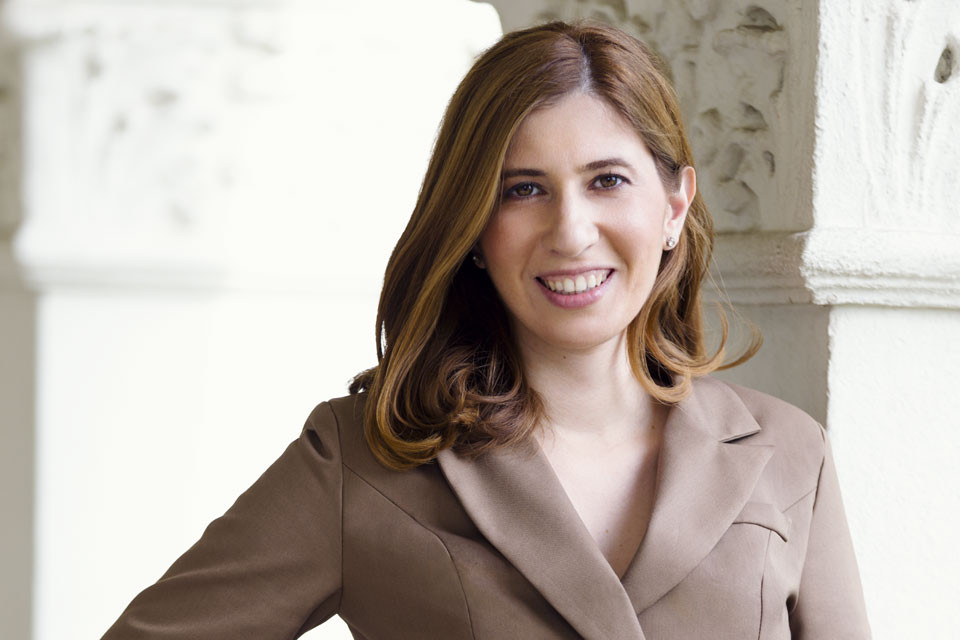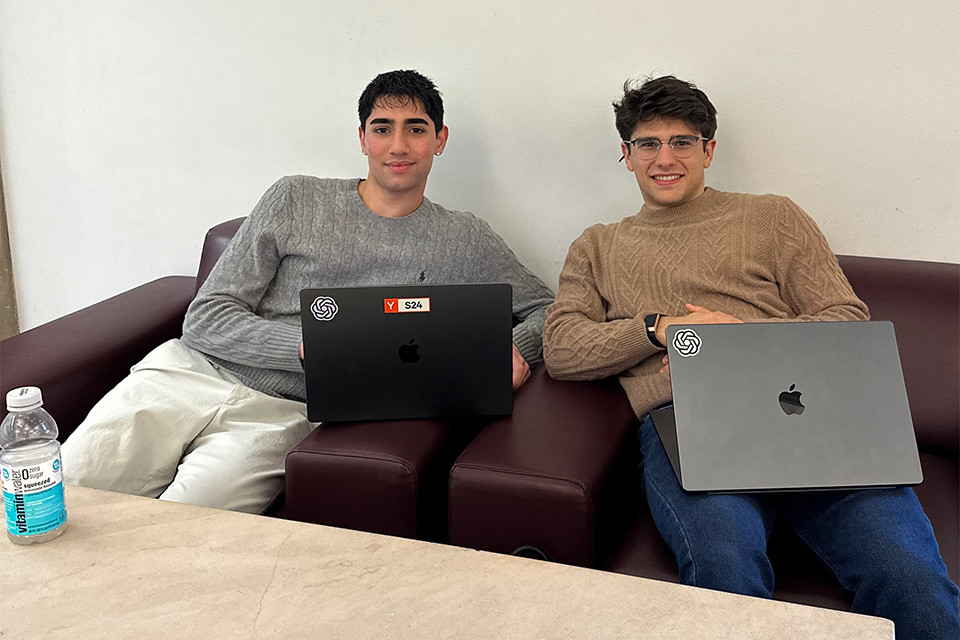-
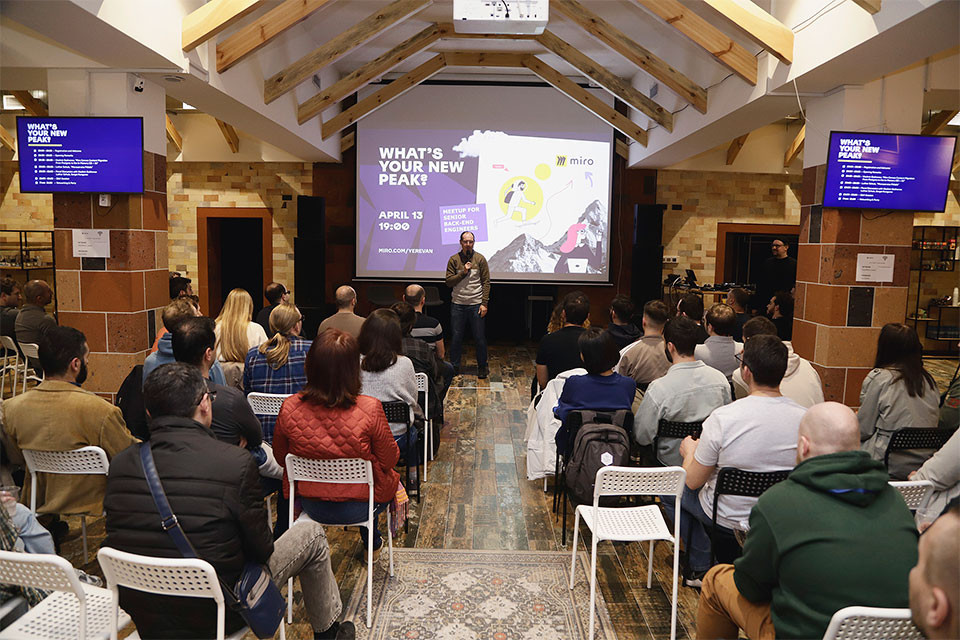
-
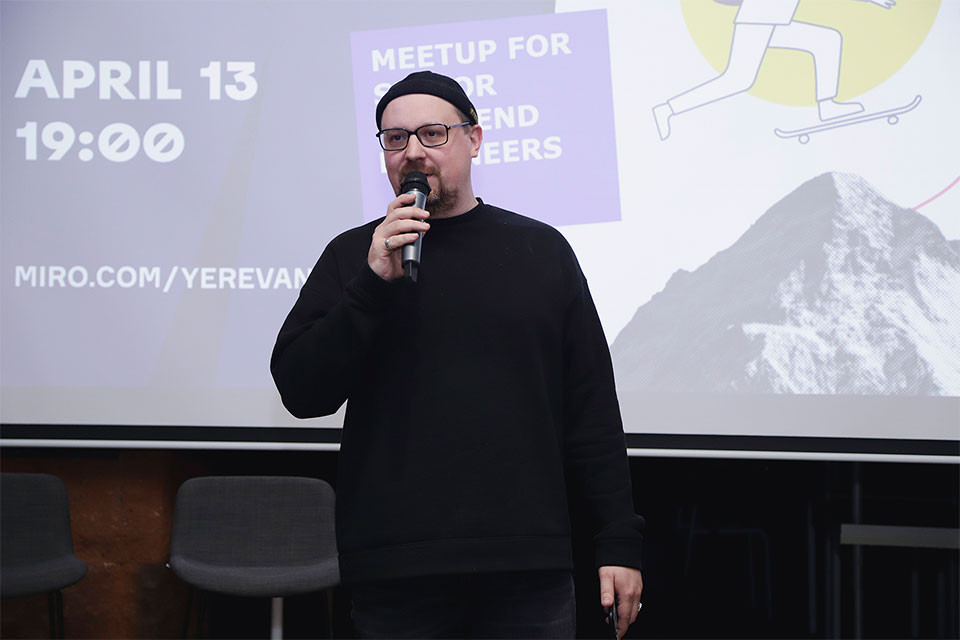
Dima Molodtsov
-
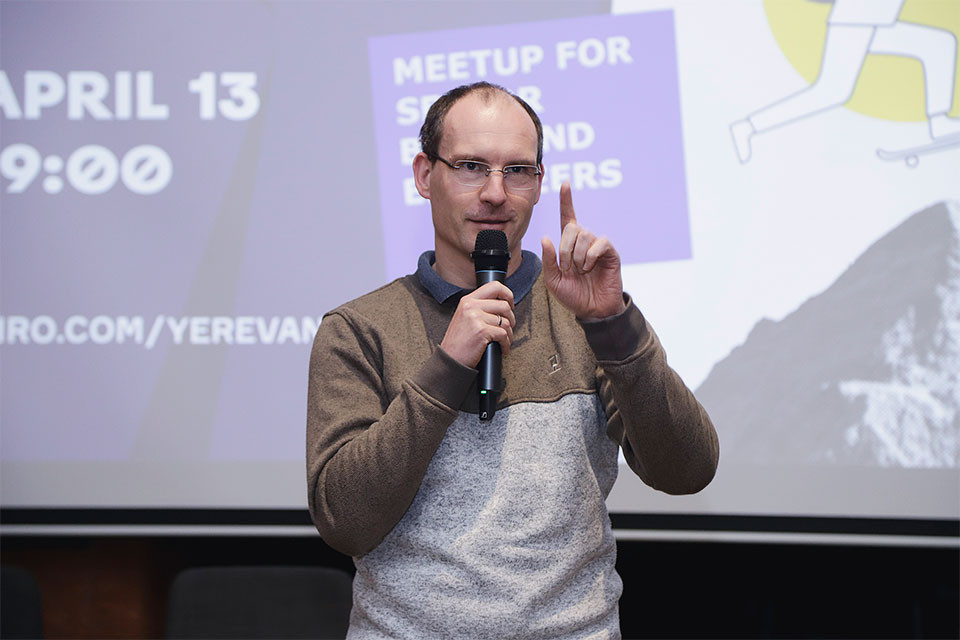
Lothar Schulz
-
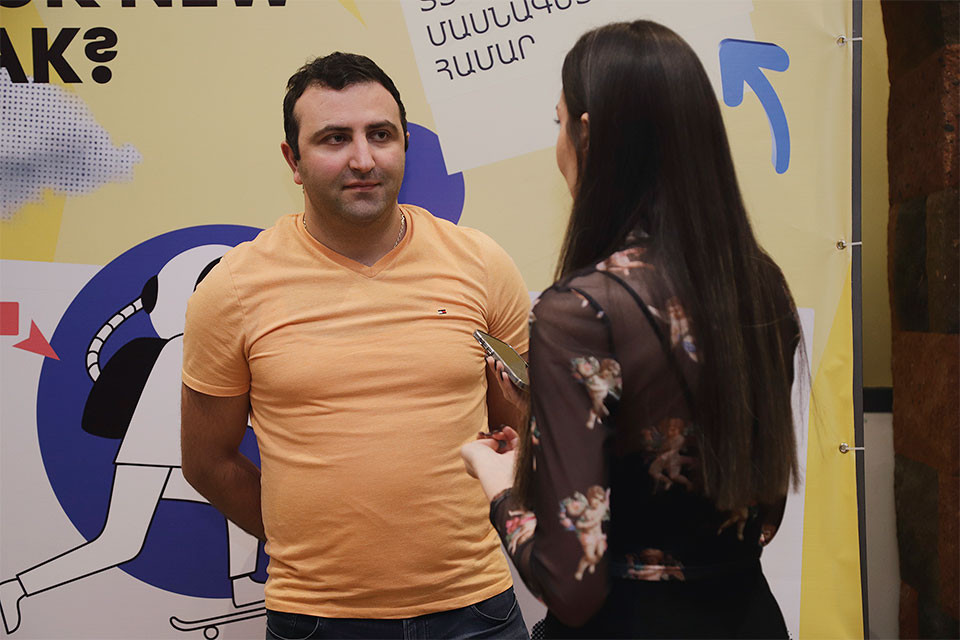
Matevos Ghazaryan
-
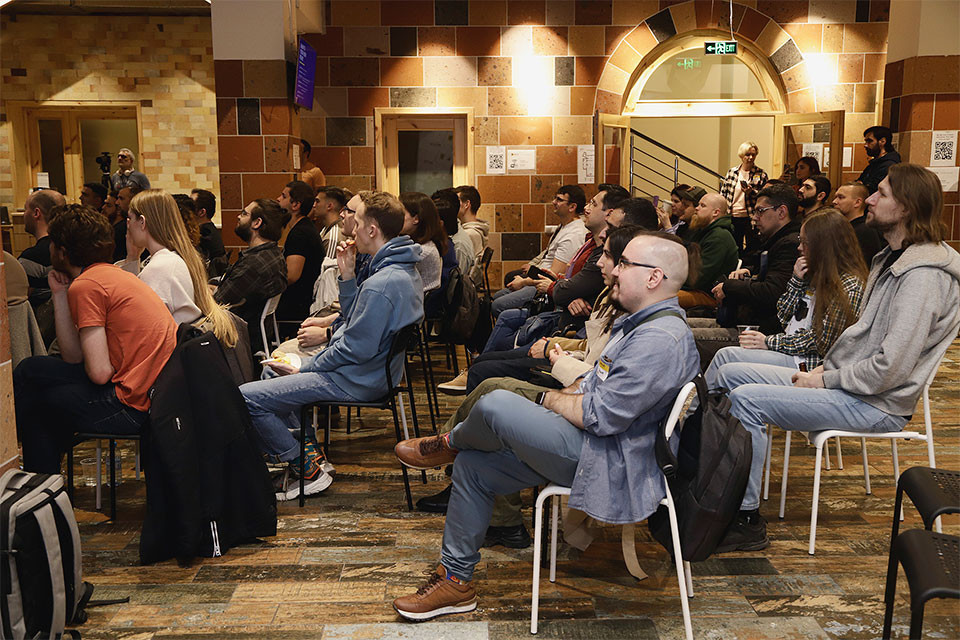
-
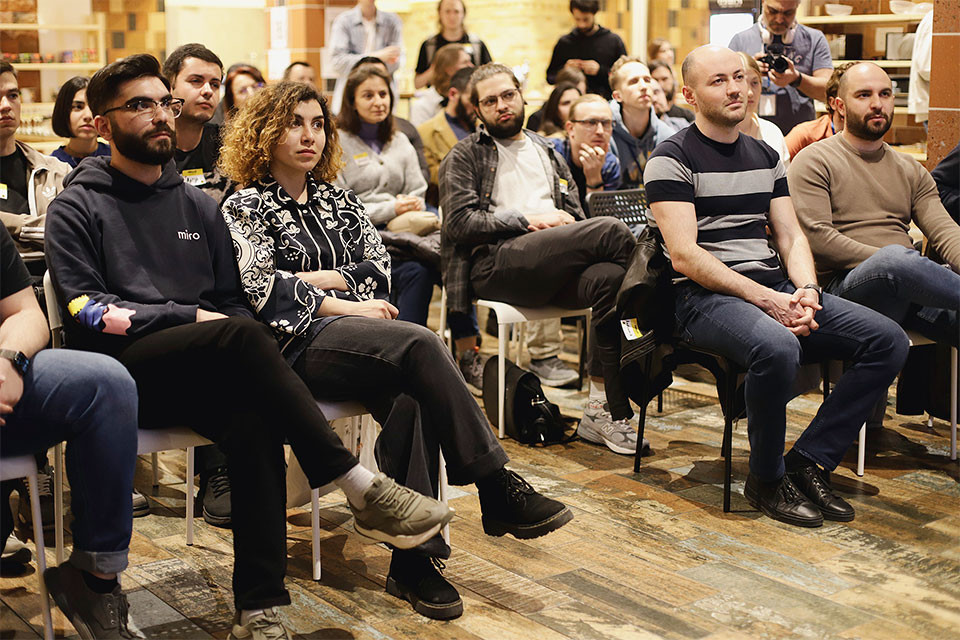
-
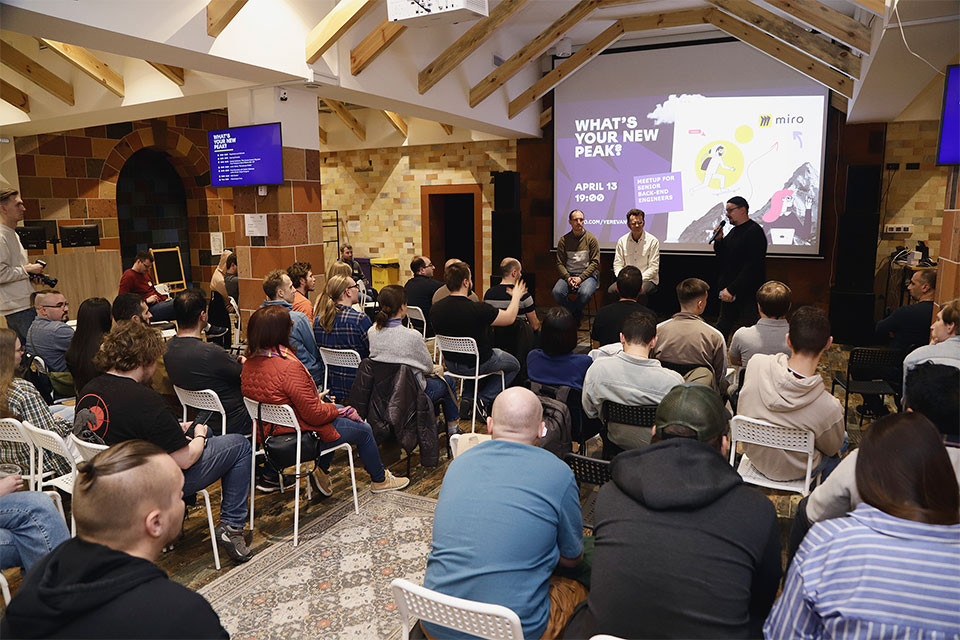
-

-
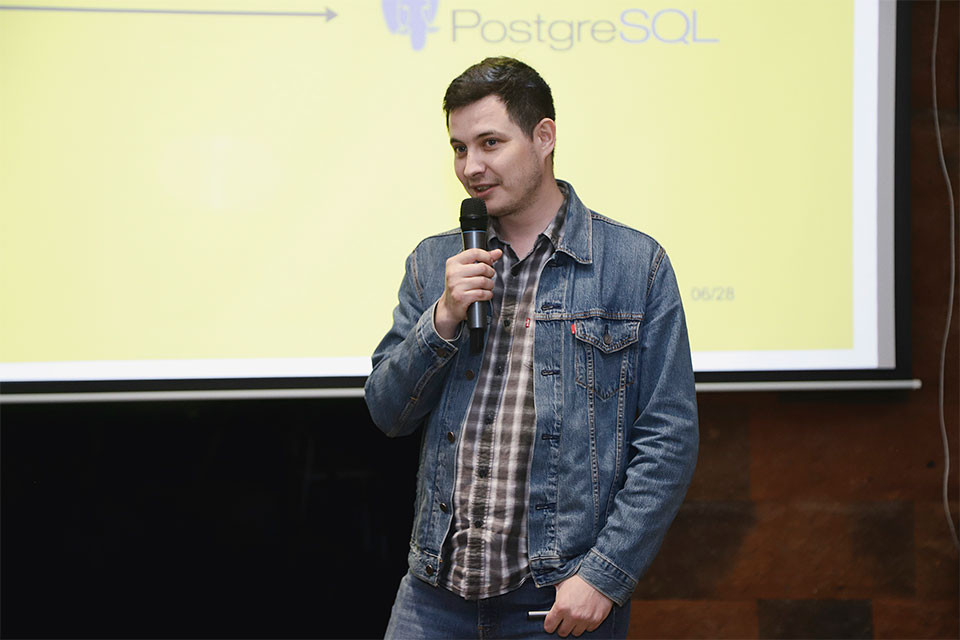
Vladimir Bukhonov
15:37 | 25.04.23 | Articles | exclusive 28496
Miro brought together back-end engineers to share insights into building a global product
On April 13, Miro hosted a meetup for back-end developers and engineering managers in their Yerevan hub to discuss the challenges and rewards of building new features for a global product.
The event brought together local and international engineers and managers, and offered a unique networking opportunity to exchange knowledge and expertise. During the meetup, the Miro engineering team shared exclusive insights into the challenges faced when building a product used by over 50 million users, including the crucial steps involved in successfully deploying new features.
‘’This week we had a series of engineering events. The first one was focused on front-end engineers, and the second one on back-end engineers,” shared Dima Molodtsov, Employer Brand Manager at Miro.
 Dima Molodtsov
Dima Molodtsov
“We tried to answer the main question of technology from both perspectives. Our engineers shared their expertise in industry topics like the pitfalls of a microservice approach and also peculiarities of canvas content migration. We had a panel discussion with our heads of engineering teams, where afterwards our audience had an opportunity to ask deeper questions about these topics, and to learn more about Miro. We’re planning more events like this with cooperation from other companies.’’
During the event Vladimir Bukhonov, Software Engineer at Miro, shared his insights into Miro’s Canvas entities, including the hierarchy board server, widgets storage evolution, and its data migration.
 Vladimir Bukhonov
Vladimir Bukhonov
In his presentation, Vladimir revealed the thought process behind Miro’s content migration from Postgres to the In-Memory Database, and S3. “We thought a lot about where to integrate our widgets creator from Postgres, and we decided that the best choice is In-Memory database, plus S3 web storage. Our widget’s data is JSON, which is easy to operate. We have one InMemory storage Instance per board, which is easy to scale, and Canvas entities are isolated, which does not affect other business entities. It also shows the best performance for real-time collaboration because of small latency.”
Matevos Ghazaryan is a Senior Software Engineering Manager at Miro and joined the team in the Armenian office last year. He believes professional panel discussions, meetups and knowledge sharing events are very important for the Armenian engineering community.
 Matevos Ghazaryan
Matevos Ghazaryan
”Miro is a large company, the team is very professional, and the processes are well set up.
We face many interesting technical challenges due to the more than 50 million users we have. It is already a big challenge to be able to provide a good performance and experience for our users. As developers, we get to uncover problems daily and provide technical solutions to them. We also pay a lot of attention to code architecture. Converting old code to new is also one of those challenges for both front-end and back-end engineers,’’ Matevos said.
 Lothar Schulz
Lothar Schulz
In his speech Lothar Schulz, Head of Board Server Engineering teams in Armenia and Germany, spoke about the pitfalls of a microservice approach that face back-end developers.

“With our global customer reach, we need to make sure that customers are served well as they access our service. It is a combination of infrastructure, protocols, and software architecture sketches that hopefully make sense. The global scale and complexity of the product at Miro are really rare. This is a challenge for me, and I like challenges.”

He also shared with us his thoughts about the Armenian tech community. “I joined Miro almost one and a half years ago in Berlin, Germany, and I’m accountable for the teams in Armenia and Germany. I try to be in Yerevan as often as possible. I think the Armenian back-end community is as professional as those in Germany, France, and the US. They’re smart people and I always feel very welcome here,’’ said Lothar Schulz.

Miro is an online platform for collaboration that enables distributed teams of any size to build the next big thing. The platform's infinite canvas enables teams to lead engaging workshops and meetings, design products, brainstorm ideas, and more. Miro, co-headquartered in San Francisco and Amsterdam, serves more than 50M users worldwide, including 99% of the Fortune 100. Miro was founded in 2011 and currently has close to 1,800 employees in 12 hubs around the world.
Yerevan is Miro's youngest hub, and over 100 Mironeers call it home. The company is growing its tech hub in Yerevan and looking for qualified talent to join.
Yerevan is home to Miro's Core Product Foundation stream focused on building the internal platform that enables other Engineering streams to develop the end-user experience. Miro remains committed to a hub-centric, hybrid working model. It provides opportunities for growth and advancement, a collaborative and dynamic work environment, and competitive compensation and benefits.
Nune Grigoryan
Photos: Agape Grigoryan

17:29 | 24.09.25 | Articles
Jacopo Losso on Cross-Border Investments and Why Armenia Attracts Angels


